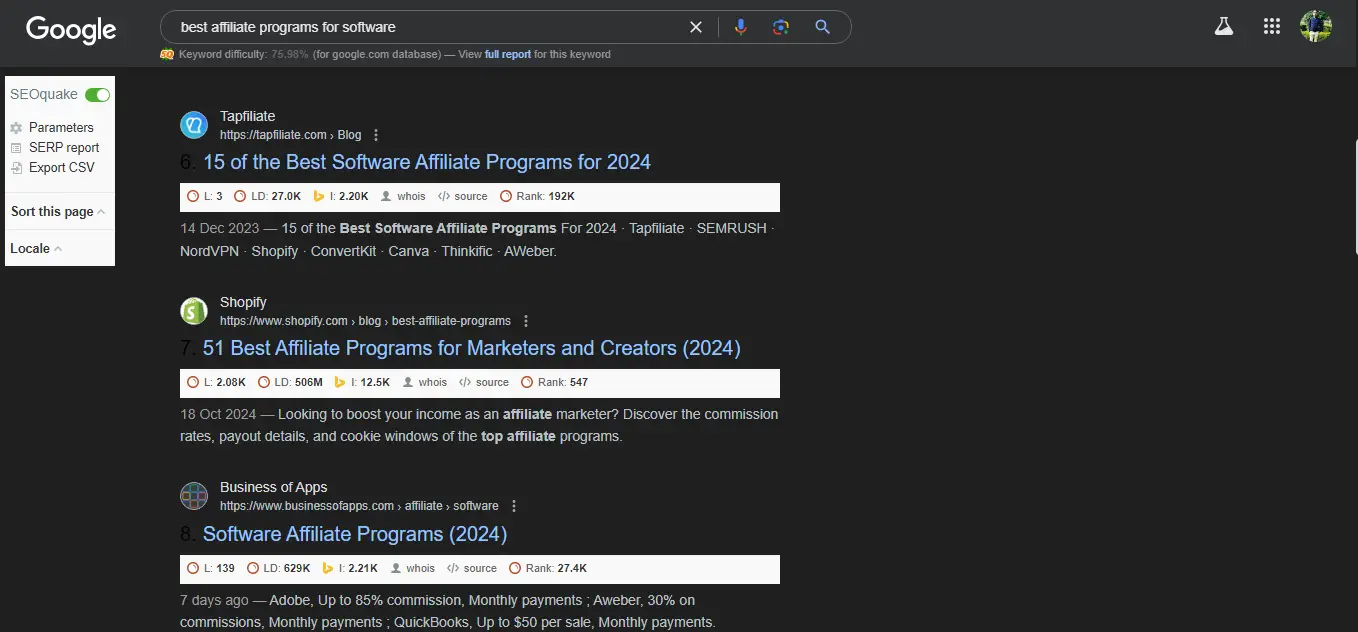Ideas in affiliate marketing 2025 are changing every day. With the support of technological features and changes in consumer behavior, marketers are required to be ahead in relation to the changing curve. This article discusses the methods that will help affiliate marketers remain successful in 2025. From leveraging social media to using advanced analytics, we explore the effective methods that move according to the future direction of digital marketing.

Understanding the Landscape of Affiliate Marketing in 2025
The landscape of affiliate marketing is forever in flux. In 2025, some of these trends will genuinely shape the affiliate methodology. In such a scenario, awareness of how this impact will play out in real terms along with the opportunities it will afford to the affiliates is highly important.
Affiliate marketing is a performance-based marketing strategy where individuals or businesses (affiliates) promote products or services from other companies (merchants) and earn a commission for each sale or lead generated through their promotional efforts. Here’s a breakdown of how affiliate marketing works:
Key Components of Affiliate Marketing:
1. Affiliates: Those are individuals or other businesses promoting products and/or services of merchants. That involves bloggers, social media influencers, online website owners, or any other person who wants to make money by promoting the product of some other person.
2. Merchants: Also known as advertisers or sellers, these are companies that have products or services for sale. They create the affiliate programs so that they can cover a wider market through the affiliates.
3.Affiliate Networks: Some resellers prefer to work through affiliate networks. An affiliate network acts as a mediator between affiliates and merchants and therefore helps to provide the infrastructure in areas of tracking sales, handling payments, and giving access to a wider range of product offerings from different merchants.
4.Link Tracking: Upon registration with an affiliate program, the affiliate is given unique tracking links or codes that they use in their marketing. Such links enable the merchant to trace sources of any particular sale or lead emerging from any specific affiliate.
5.Commission Structure: the rate of commission compensation is according to the agreement when signing up. This may be a percentage per sale-for example, 10% of every product sold-or a flat rate for example, $20 for every lead. Each program has its own distinct commission rates.
How It Works in Detail:
1 .Join an Affiliate Program: Any person or business signs up for an affiliate program by the merchant who provides the affiliate program or through an affiliate network.
Get Your Unique Links: Once he is accepted into the program, your affiliate link is available which he needs to use to promote the various products on their platform.
2.Promote the products/services: Using affiliated channels to promote the products; these could be blogs, websites, social media, email newsletters, or YouTube videos. They aim to take people to the merchant’s site while using their special links.
3. Customer Action: When a customer clicks on the affiliate-specific link, then the customer gets redirected to the merchant’s website. If the particular customer finally reaches up to making a purchase or completes the desired action like signing up for the newsletter, then the affiliate is rewarded with some commission amount.
4. Tracking and Reporting: The transactions are tracked by the merchant or the affiliate network with these unique links. Thus, they can also directly attribute the sales or leads to the correct affiliate.
Payment: Once one has passed a certain amount of points, presumably set by the merchant, an affiliate receives his or her payment. It can be paid through check, bank transfer, or other such digital payment schemes.
Benefits of Affiliate Marketing:
- Low Start-up Costs: Affiliates can start promoting without having to invest in inventory or product development.
- Passive Income Potential: Once established, affiliates can earn income continuously from past promotions.
- Flexibility: Affiliates can choose products or services aligned with their interests and audience.
- Performance-Based: Affiliates only earn when they successfully drive sales or leads, making it a low-risk investment for merchants.
How Affiliates get paid:-

- Commission Structure: Affiliates earn a percentage or fixed amount for each sale or action generated.
- Payment Methods: Common methods include bank transfers, PayPal, and checks.
- Payment Schedule: Payments are often made monthly, bi-weekly, or after reaching a minimum payout threshold.
- Tracking Sales: Affiliates use unique links or codes to track sales and conversions.
- Performance Metrics: Earnings depend on metrics like clicks, leads, or completed purchases.
- Incentives: Some programs offer bonuses for high performance or referrals.
How To Find Affiliate programe:-

Finding the right affiliate program can be a rewarding endeavor if you’re looking to monetize your online presence. Here’s a step-by-step guide on how to find an affiliate program that suits your needs:
Step 1: Identify Your Niche
- Define Your Audience: Understand who your target audience is and what products or services they are likely to be interested in.
- Research Trends: Use tools like Google Trends, social media platforms, and forums to identify popular trends within your niche.

Step 2: Research Affiliate Programs
- Search Engines: Use search engines to look for affiliate programs related to your niche. Use keywords like “best affiliate programs for [your niche]”.
- Affiliate Networks: Explore major affiliate networks such as Amazon Associates, ShareASale, CJ Affiliate, and Rakuten. These platforms host various affiliate programs across multiple niches.

Step 3: Evaluate Affiliate Programs
- Commission Structure: Look for programs that offer competitive commission rates. Consider whether they offer one-time payments or recurring commissions.
- Cookie Duration: Check how long the tracking cookies last. Longer cookie durations can lead to higher conversion rates as customers may take time to make a purchase.
- Product Quality: Ensure the products or services you’ll promote are of high quality and relevant to your audience.
Step 4: Check Program Reputation
- Read Reviews: Search for reviews and testimonials about the affiliate program. Look for feedback from other affiliates regarding their experiences.
- Check Payout History: Investigate the program’s payout history to see if they pay on time and if there have been any issues with payments.
Step 5: Sign Up for the Program
- Application Process: Follow the application procedure outlined by the affiliate program. Some may require you to provide information about your website or marketing strategies.
- Be Honest: Provide accurate details during the application process to avoid being denied.

Step 6: Understand the Terms and Conditions
- Review Policies: Carefully read the terms and conditions of the affiliate program to ensure you understand the rules, including promotional methods allowed and prohibited.
- Compliance: Make sure you comply with FTC guidelines about disclosing affiliate links to your audience.
Step 7: Create Quality Content
- Engage Your Audience: Develop content that resonates with your audience and naturally incorporates your affiliate links.
- Use Various Formats: Utilize blogs, videos, social media posts, and emails to promote your affiliate products effectively.
Step 8: Track Your Performance
- Analytics Tools: Use tracking tools provided by the affiliate program to monitor clicks, conversions, and overall performance.
- Adjust Strategies: Analyze your data regularly and tweak your marketing strategies based on what works best.
Conclusion
Now, in 2025, the landscape of affiliate marketing is open to a wide set of available opportunities for those who learn and innovate. From new technologies integration to producing memorable content, developing good relations, and the appropriate use of data analytics, affiliates will surely be well-prepared for the dynamic industry. With further development in the market, it will be these very individuals who implement the affiliate marketing ideas 2025 that will take their places leading the exciting field of business, prepared to capitalize on new trends and consumer demand.
